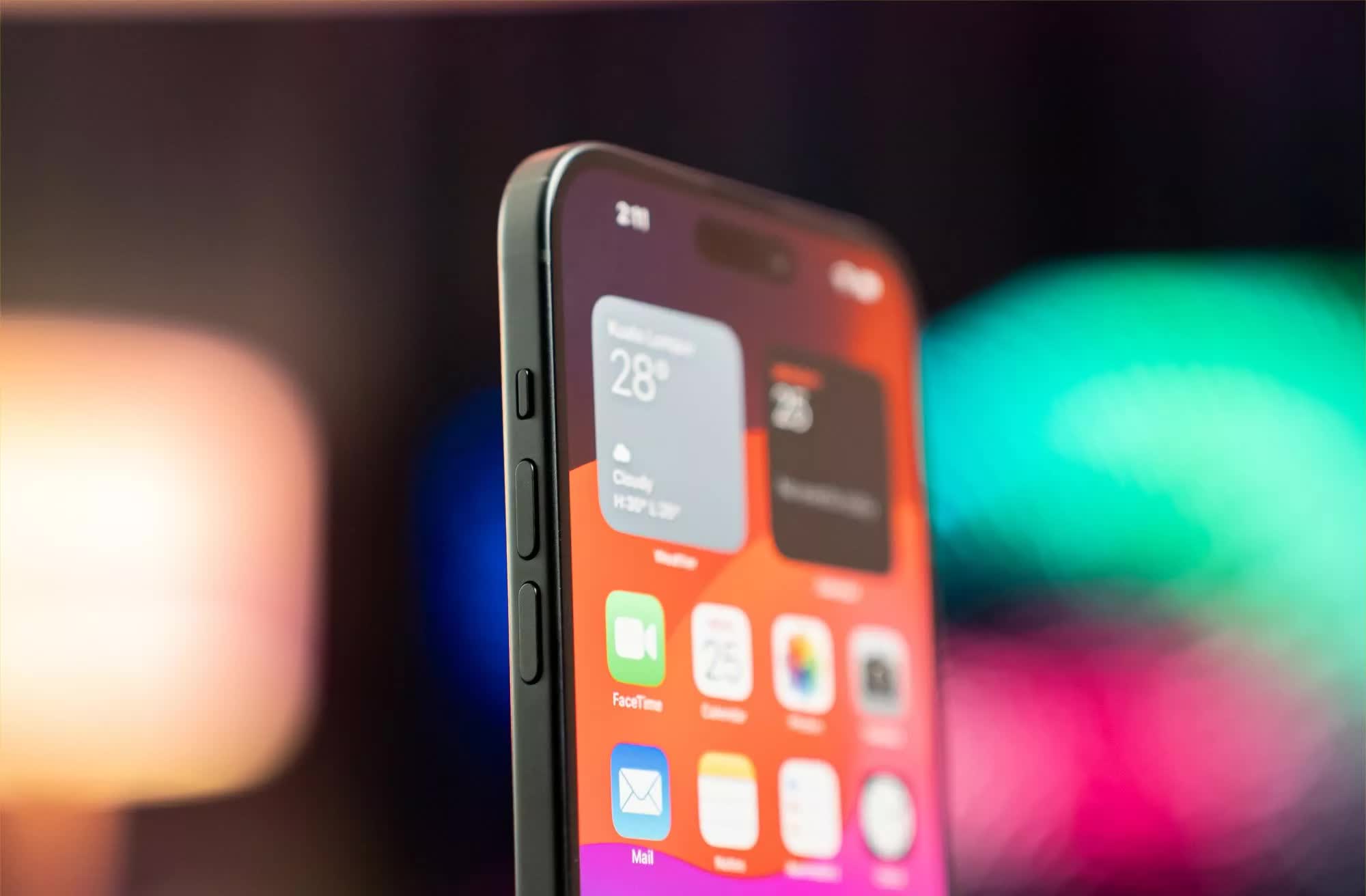Highly anticipated: While the four main iPhone 16 variants may sport the same A18 processor, Apple will likely still differentiate the chips in a few ways. One basic approach would be to give them separate marketing names, such as A18 and A18 Pro. Additionally, binning or disabling GPU cores on the standard models to reserve full graphics performance for the iPhone Pro models is the most reasonable assumption at this point.
As we approach the fall iPhone launch season, details are starting to trickle out about Apple's next generation of smartphones. Fresh code findings indicate a significant change for the iPhone 16 series: all models will likely use the same A18 chip.
Leaked Apple code references five new model identifiers starting with "iPhone17," following Apple's established naming scheme that ties the numbers to the A-series chip. With the iPhone 15 models split between A16 and A17 chips across the standard and Pro lines, this unified set of identifiers suggests the iPhone 16 family will feature just one flagship silicon. The model numbers are iPhone17,1, iPhone17,2, iPhone17,3, iPhone17,4, and iPhone17,5.
Rumors indicate we'll see four iPhone 16 models released, so the extra identifier could potentially relate to an updated iPhone SE slated for 2025. It could also refer to a new fifth iPhone 16 variant dubbed "Ultra," although leaks haven't substantiated those rumors yet.

This unified chip strategy would represent a change for Apple, as they've been using different chips across iPhone models starting with the iPhone 14 series. The driving force behind this return could be the increased AI/ML demands of the heavily marketed Apple Intelligence features coming in iOS 18.
Currently, only the A17-powered iPhone 15 Pro and Pro Max support the AI features, which require significant on-device processing power. By outfitting the entire iPhone 16 range with A18 silicon and features, Apple can ensure a more consistent experience across its latest devices.
More details are sure to emerge between now and the launch of the new iPhone devices in September, shedding light on Apple's chipset plans and overall device configurations.
Image credit: MacRumors
